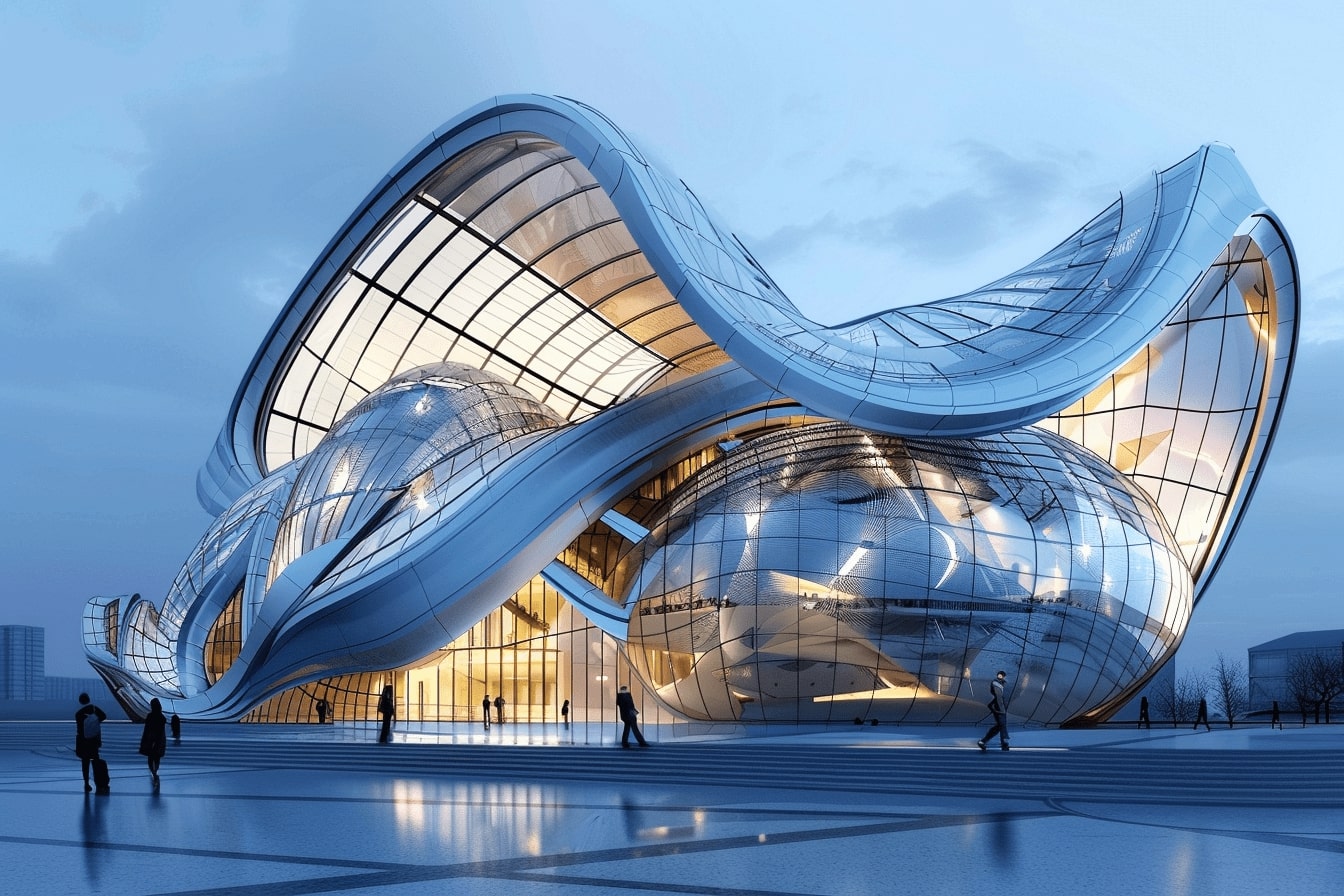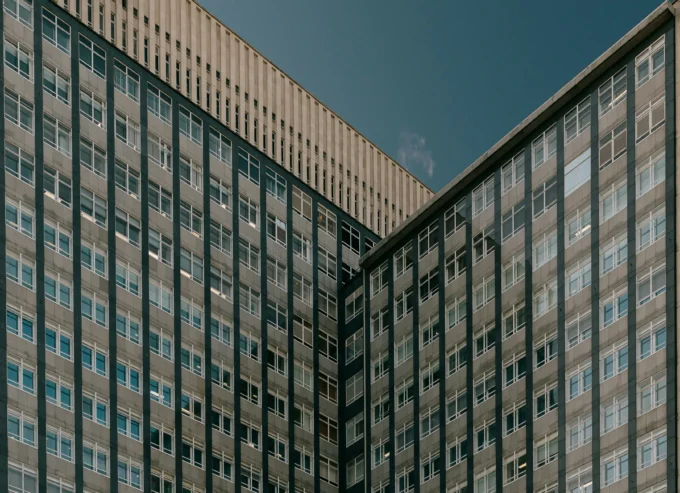- Home
- Articles
- Architectural Portfolio
- Architectral Presentation
- Inspirational Stories
- Architecture News
- Visualization
- BIM Industry
- Facade Design
- Parametric Design
- Career
- Landscape Architecture
- Construction
- Artificial Intelligence
- Sketching
- Design Softwares
- Diagrams
- Writing
- Architectural Tips
- Sustainability
- Courses
- Concept
- Technology
- History & Heritage
- Future of Architecture
- Guides & How-To
- Art & Culture
- Projects
- Interior Design
- Competitions
- Jobs
- Store
- Tools
- More
- Home
- Articles
- Architectural Portfolio
- Architectral Presentation
- Inspirational Stories
- Architecture News
- Visualization
- BIM Industry
- Facade Design
- Parametric Design
- Career
- Landscape Architecture
- Construction
- Artificial Intelligence
- Sketching
- Design Softwares
- Diagrams
- Writing
- Architectural Tips
- Sustainability
- Courses
- Concept
- Technology
- History & Heritage
- Future of Architecture
- Guides & How-To
- Art & Culture
- Projects
- Interior Design
- Competitions
- Jobs
- Store
- Tools
- More
Unveiling the Design Secrets of Norman Foster: Innovation, Sustainability, and Functionality

When we think of groundbreaking architecture, Norman Foster’s name often comes to mind. His designs, known for their innovative use of materials and sustainable practices, have redefined skylines around the world. From the iconic Gherkin in London to the futuristic Apple Park in Cupertino, Foster’s work seamlessly blends form and function.
But what truly sets Foster apart? It’s not just his technical prowess or eye for aesthetics. It’s his ability to envision spaces that enhance human experience while respecting the environment. In this article, we’ll delve into the design secrets that make Norman Foster a legend in the field of architecture.

Table of Contents
ToggleArchitectural Philosophy of Norman Foster
Norman Foster’s architectural philosophy reflects his commitment to innovation and sustainability. By integrating technology and respecting nature, Foster has revolutionized modern architecture.
Key Influences and Inspirations
Key influences shaped Foster’s unique approach. The early work of Buckminster Fuller inspired him to experiment with lightweight structures, leading to projects like the geodesic dome. Modernism, championed by Le Corbusier and Ludwig Mies van der Rohe, drove Foster’s emphasis on minimalism and clean lines. Foster often incorporates these elements into his designs, creating spaces that are both functional and aesthetically pleasing. Cities like London and New York serve as canvases for his remarkable designs, showcasing his versatility in urban planning.
Sustainability in Design
Foster consistently integrates sustainability in his designs. Utilizing passive solar heating and natural ventilation exemplifies his dedication to eco-friendly solutions. The Gherkin in London is a prime example, featuring an energy-efficient double-skin facade. Foster’s designs often employ recycled materials, reducing environmental impact. Projects like the Reichstag in Berlin showcase his use of green roofs and renewable energy sources. These sustainable practices not only reduce resource consumption but also enhance occupant comfort and well-being.
Signature Styles and Innovations
Norman Foster’s unique design approach and innovative methods have left a significant mark on modern architecture. He fuses cutting-edge technology with sustainability to create iconic structures.

Use of Technology in Architecture
Foster has revolutionized architecture through the integration of advanced technology. By using computer-aided design (CAD) software, he achieves unprecedented precision and detail in his projects. His works often incorporate smart building systems, including automated lighting and climate control, optimizing energy use and enhancing occupant comfort. For example, the Hearst Tower in New York employs a diagrid structural system, reducing the amount of steel by 20%.
Iconic Projects and Their Features
Norman Foster’s portfolio includes numerous iconic projects that showcase his signature styles. The Gherkin in London exemplifies his use of energy-efficient features, with its double-skin façade and natural ventilation. The Reichstag in Berlin integrates a glass dome, allowing natural light to illuminate the parliamentary chamber while symbolizing transparency in government. The Hong Kong and Shanghai Bank Headquarters features a modular design, enabling flexibility and ease of assembly. Each of these structures highlights Foster’s ability to merge aesthetic appeal with functional, sustainable design.
Challenges and Solutions in Foster’s Designs
Norman Foster’s designs address a variety of architectural challenges, blending aesthetics, functionality, and sustainability seamlessly.
Overcoming Structural Challenges
Foster’s projects often feature unconventional structures that require innovative solutions. For example, the Gherkin’s curved glass facade presented structural challenges which were resolved using a diagrid system. This system allows the building to withstand winds, reducing the need for additional support columns, and creating more open space within.
The Millennium Bridge in London faced initial stability issues, resulting in an uncomfortable swaying motion. Foster partnered with engineering firms to install tuned mass dampers, which stabilized the bridge and ensured pedestrian safety.

Integrative Design Approaches
Foster integrates various elements to enhance both visual appeal and functionality. In the Hearst Tower, the diagrid design not only provides a striking visual element but also uses 20% less steel compared to conventional designs, aligning with sustainability goals.
In the Hong Kong and Shanghai Bank Headquarters, Foster employed a modular design. This approach enabled flexibility in the interior layout, accommodating future changes while optimizing space usage and natural lighting, important for reducing energy consumption and improving occupant well-being.
Norman Foster’s designs demonstrate a commitment to solving architectural challenges by implementing innovative structural techniques and integrative approaches. His iconic projects illustrate how these principles yield sustainable, functional, and visually striking buildings.
Impact of Norman Foster’s Work
Norman Foster’s architectural vision has significantly shaped modern architecture and urban planning. His innovative designs and sustainability-focused approaches set new benchmarks in the industry.
On Modern Architecture
Foster’s influence on modern architecture is profound, with iconic structures like the Gherkin exemplifying his futuristic design ethos. The use of advanced materials and technologies, including CAD software and smart systems, distinguishes his work. His projects balance aesthetic prowess and functional integrity. For instance, the Hearst Tower integrates a unique diagrid structure that reduces steel usage, enhancing both stability and visual appeal. Space usage is optimized while maintaining an eco-conscious design, evident in the efficient use of natural light and ventilation in many of his building projects.
On Urban Planning
Urban planning has greatly benefited from Foster’s contributions. Designs like the Masdar City master plan showcase his commitment to creating sustainable urban environments. Foster adopts a holistic approach, considering transportation networks, green spaces, and energy-efficient infrastructures. The Millennium Bridge in London serves as a prime example, connecting urban spaces while incorporating pedestrian needs and aesthetic value. Foster’s work in urban planning prioritizes long-term sustainability, efficient space usage, and integration with existing urban fabric. This forward-thinking approach influences current and future urban development projects.

Conclusion
Norman Foster’s architectural endeavors exemplify a fusion of innovation, sustainability, and aesthetic mastery. By leveraging advanced technologies, like CAD software and intelligent building systems, he efficiently integrates eco-friendly solutions into modern architectural design. His iconic projects, such as the Gherkin and Reichstag, serve as lasting monuments to his commitment to environmental responsibility and design excellence.
Throughout his career, Foster has consistently pushed the boundaries of architecture, addressing structural challenges with innovative techniques. The Gherkin’s diagrid system and the Millennium Bridge’s tuned mass dampers are prime examples of his creative problem-solving. Foster’s integrative design approach not only enhances visual appeal but also promotes sustainability by optimizing space usage and natural lighting.
Foster’s influence on modern architecture and urban planning is profound. Projects like the Hearst Tower and Masdar City illustrate his emphasis on creating sustainable environments through a comprehensive approach. Foster’s vision prioritizes long-term sustainability, efficient space usage, and harmonious integration with existing urban settings.
Ultimately, Norman Foster’s body of work has raised the bar for architectural design and urban planning, inspiring future generations of architects to pursue innovation and sustainability in their creations.
Submit your architectural projects
Follow these steps for submission your project. Submission FormLatest Posts
Dependable Service for Everyday Appliance Problems
When a washer stalls mid-cycle or a fridge warms up, you need...
8 Essential Web-Based Mapping Tools for Modeling Sea Level Rise and Flood Impacts
As climate change accelerates, flood risk and sea level rise have become...
How Sydney’s Architecture Responds to Climate, Light, and Lifestyle
Sydney’s architecture has never been driven by form alone. It evolves through...
Shipping Containers as Functional Infrastructure on Construction Sites
Construction sites are temporary by definition, yet the systems that support them...












Leave a comment